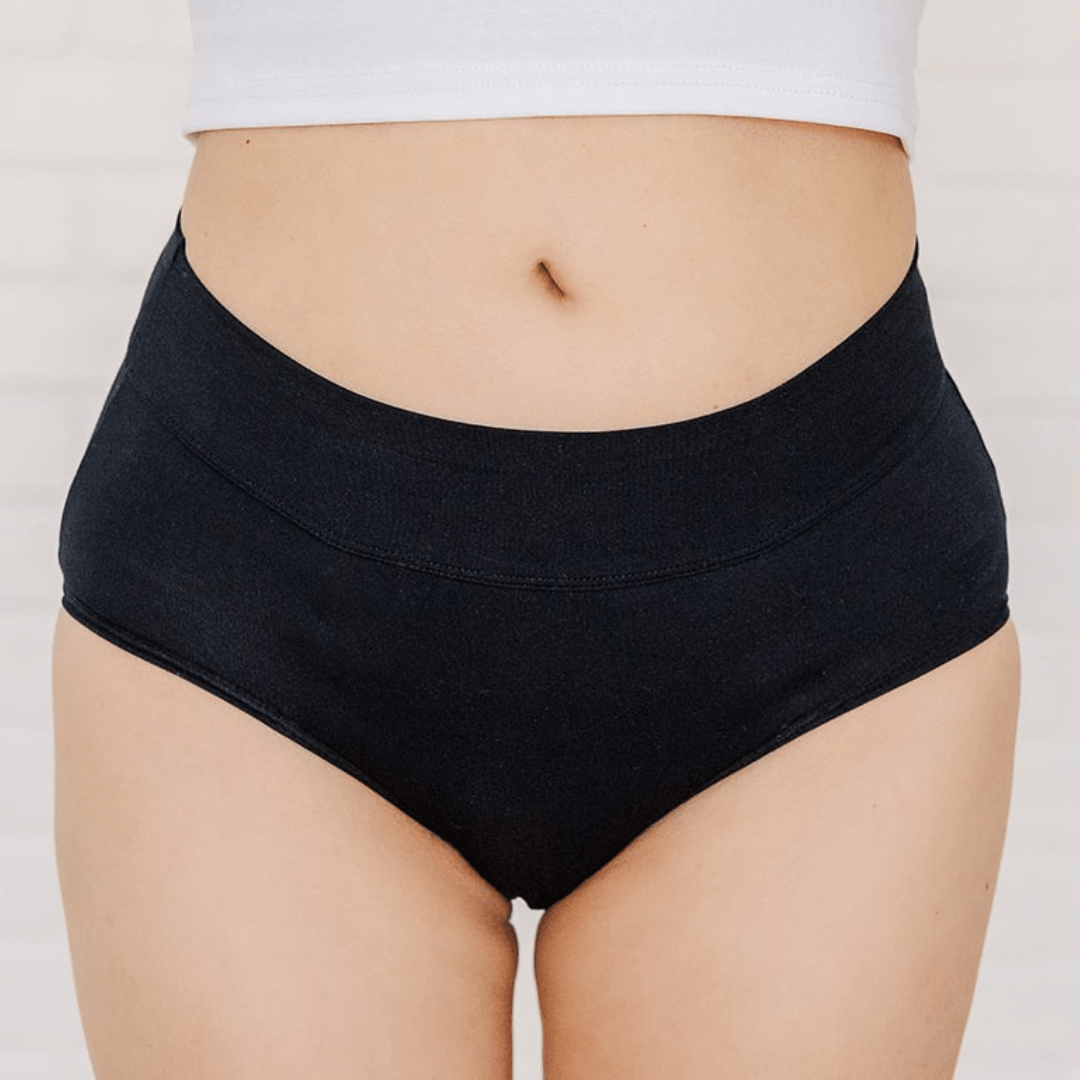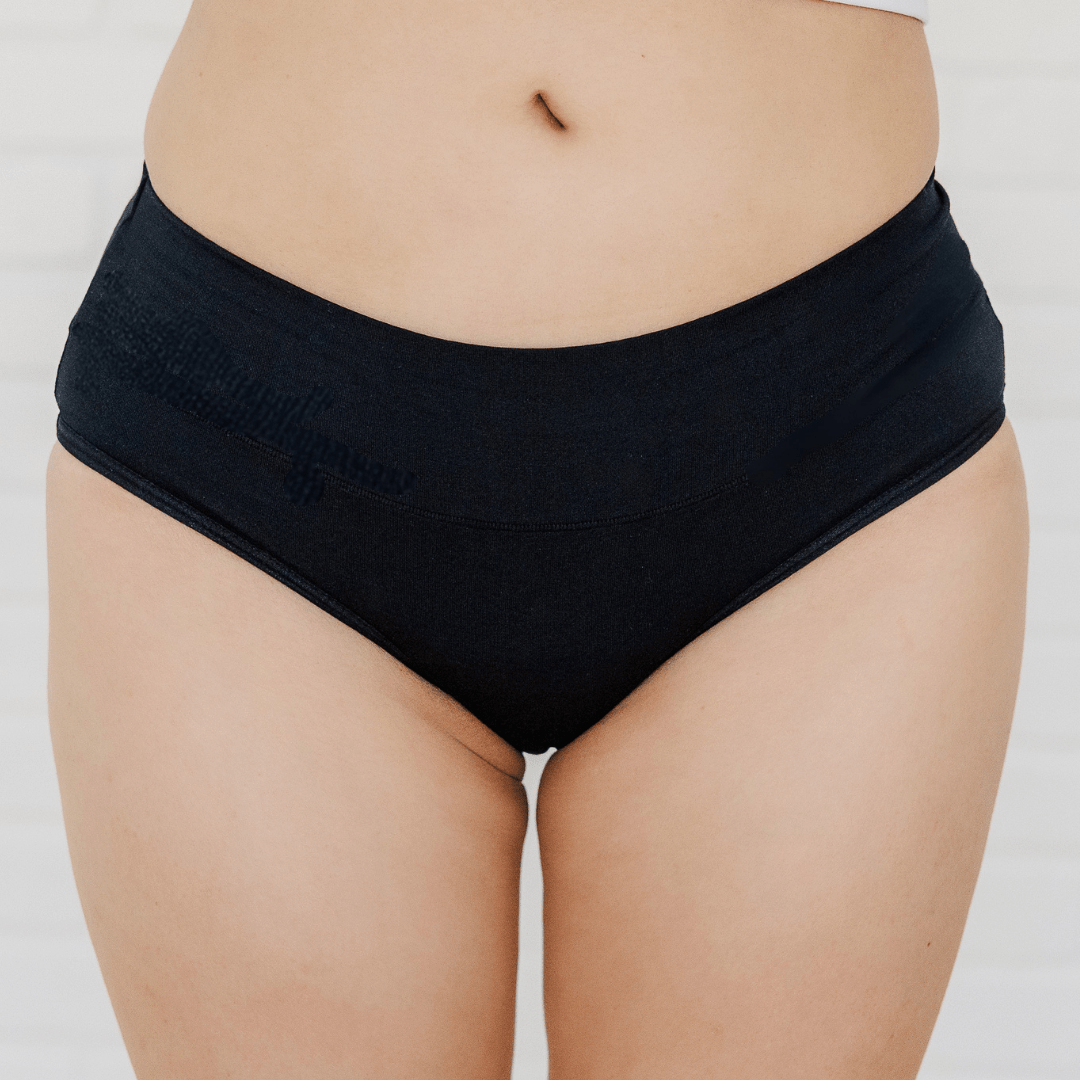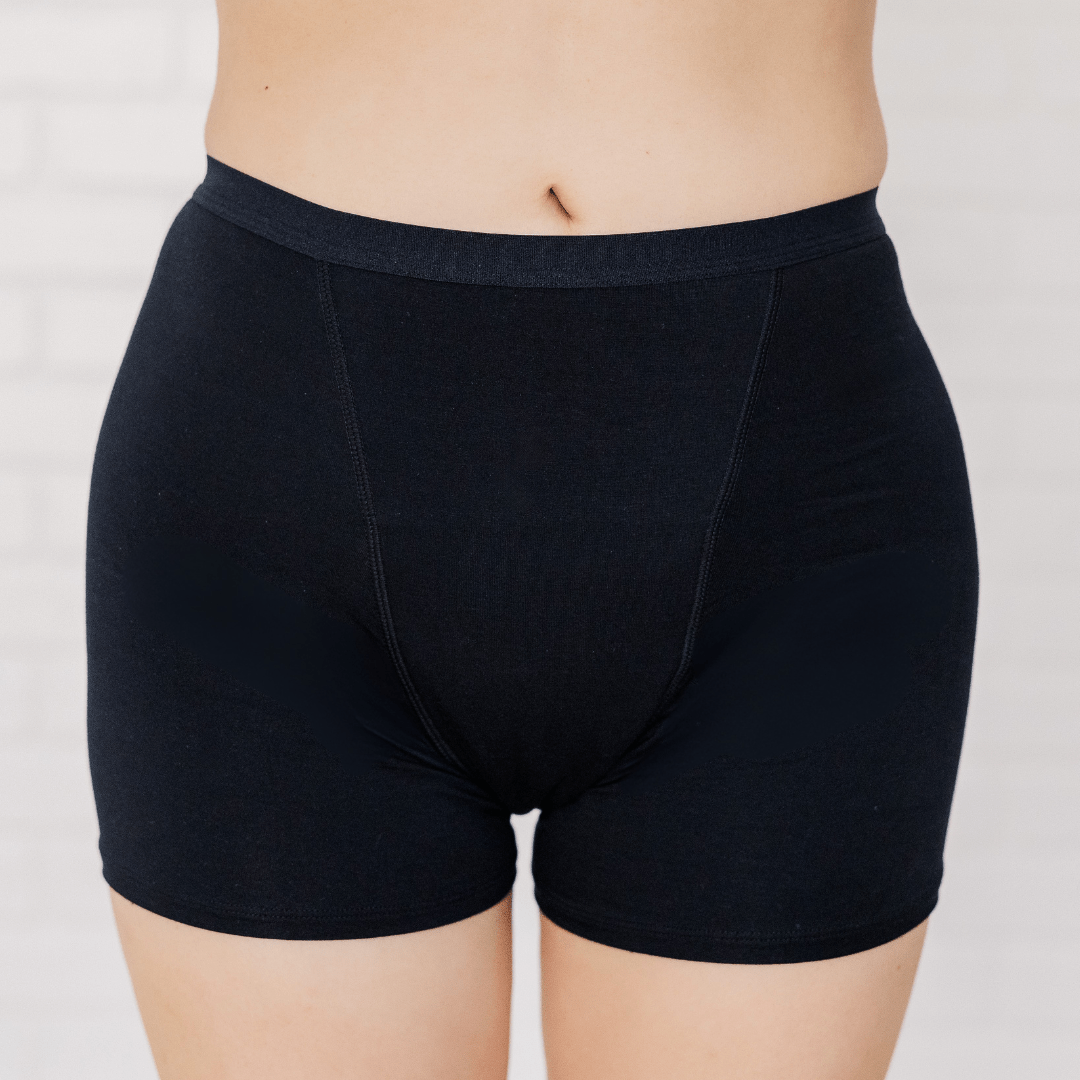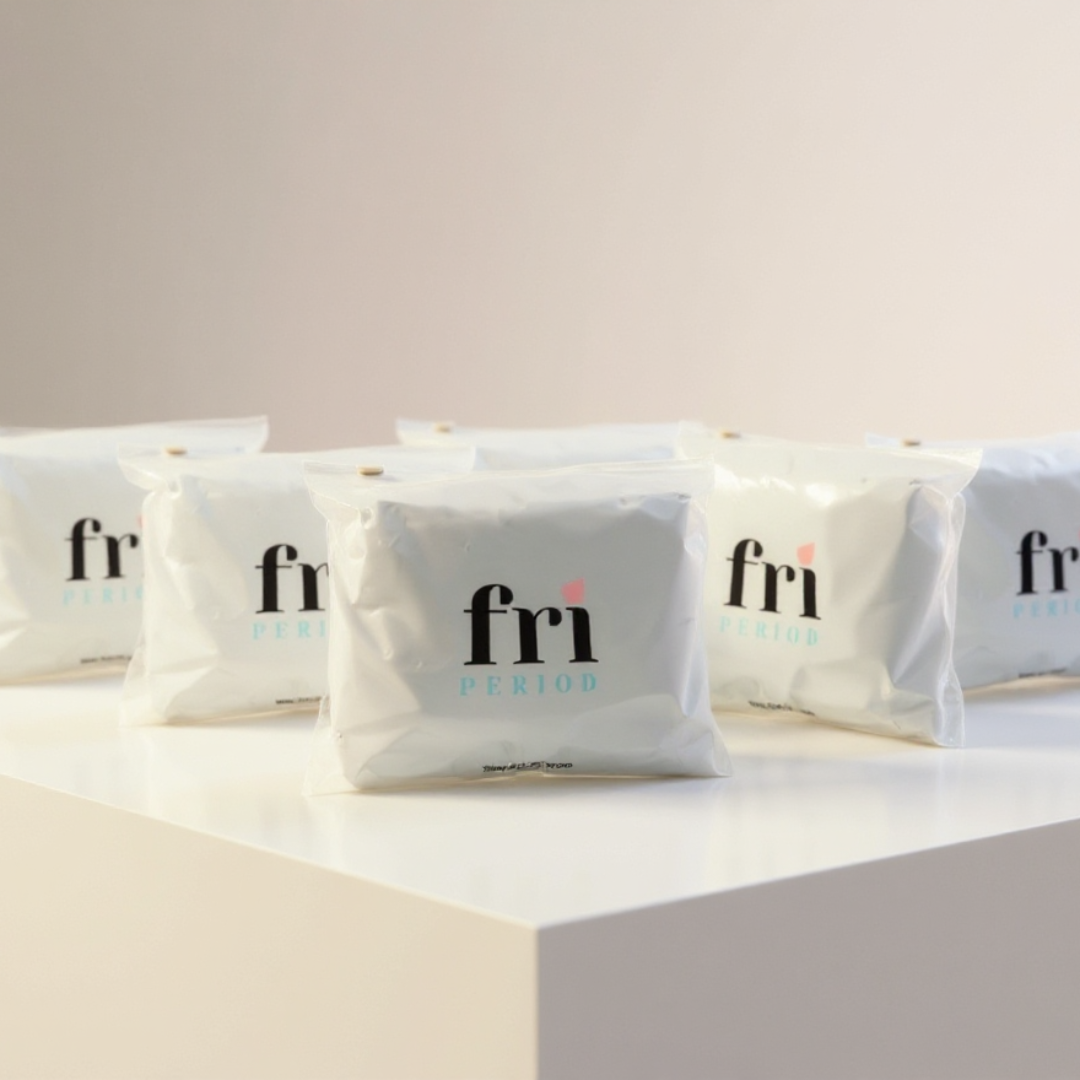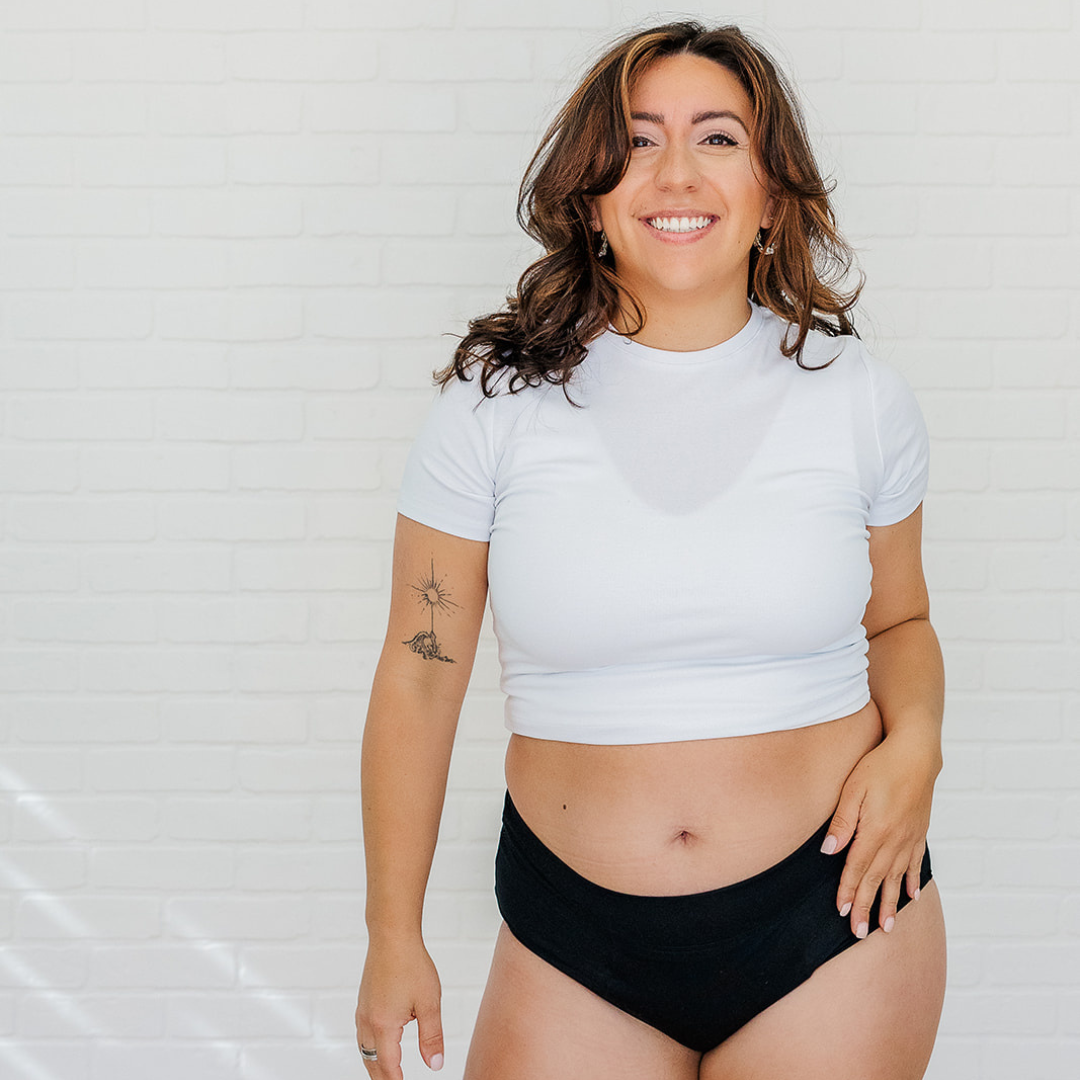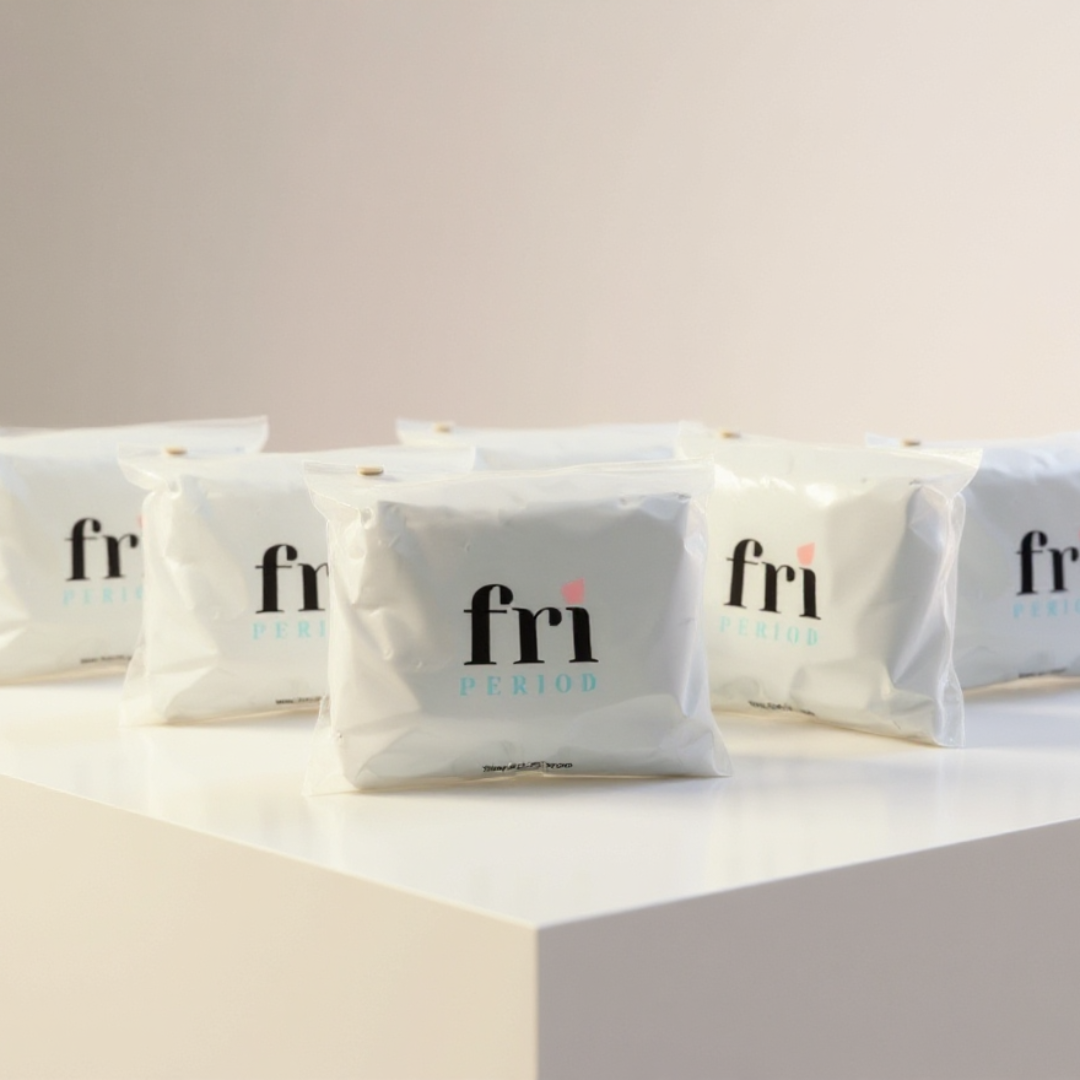Menstrual Migraine: Why Your Head Hurts Around Your Period
More Than Just a Headache
Ever noticed your head pounding right before or during your period? You’re not alone.
Menstrual migraines are real, painful, and way more common than people realise. In fact, around 60% of people who menstruate and experience migraines report a strong link between their period and headache episodes. Let’s unpack what’s going on in your body, why it happens, and most importantly—what can actually help.
What Is a Menstrual Migraine?
A menstrual migraine is a type of migraine headache that shows up right before or during your menstrual cycle. It’s not just any headache—this one tends to be more severe, longer-lasting, and harder to treat than a typical migraine. Ouch 😩
The Hormone Connection
These migraines are thought to be triggered by the drop in estrogen levels that happens just before menstruation. Your brain is super sensitive to the hormonal rollercoaster going on inside. Fluctuating hormone levels, especially during the luteal phase of your cycle, can lead to menstrually related migraine episodes.
Also at play? Prostaglandins. These hormone-like chemicals help your uterus contract to shed its lining (hello, cramps), but they can also contribute to inflammation and pain—including all the way up in your head.
Other Triggers
-
Stress
-
Poor sleep
-
Dehydration
-
Certain foods (like aged cheese or red wine)
-
Skipping meals.
Combine any of these with hormonal changes and boom—PMS headache or even full-blown migraine attack. Not at all fun.
When Do Menstrual Migraines Strike?
Most commonly, menstrual migraines occur in the two days before your period and the first three days of bleeding. However, a menstrual migraine after period is also a thing. Some people experience lingering head pain due to continued hormonal fluctuation or poor post-period recovery (aka dehydration, fatigue, or stress - the usual suspects).
If you suffer from pure menstrual migraines (those that happen only around your period) or menstrually related migraines (those that occur around your cycle but also at other times), it’s worth tracking their patterns.
How to Relieve a Menstrual Migraine
Let’s get to the good stuff—relief. While there’s no magical off-switch, there are loads of ways to manage the pain.
1. Track Your Cycle Like a Pro
Knowledge is power. Download our free menstrual cycle tracker to log your symptoms, moods, and migraine patterns. Spotting trends can help you predict when your migraine may strike and act early. A migraine diary can also help you discuss effective treatment options with your healthcare provider.
2. Keep Your Sleep Consistent
Sleep isn't just rest. It's recovery. Poor sleep can lower your migraine threshold, so aim for 7–9 hours of uninterrupted rest.
3. Hydrate Like It’s Your Job
Even slight dehydration can bring on a headache. Keep a water bottle nearby, and sip throughout the day. Herbal teas like ginger or peppermint can also help soothe migraine symptoms.
4. Eat Balanced, Regular Meals
Low blood sugar is a fast track to pain. Don’t skip meals and avoid common migraine triggers like alcohol, too much caffeine, and overly processed foods. Bonus tip? Magnesium-rich foods like dark leafy greens, avocado, and yes—dark chocolate—can support hormone balance.
5. Manage Stress (Easier Said Than Done, We Know)
Chronic stress is a major migraine trigger. Try yoga, meditation, or even just ten minutes of deep breathing. Apps like Insight Timer or Calm can help if you're not sure where to start.
6. Consider Medication or Hormonal Therapies
For occasional relief, over-the-counter options can help. For severe cases, hormonal contraception like oral contraceptives or the vaginal ring may regulate estrogen levels. Some people benefit from prophylactic treatments or acute treatment regimens prescribed by a specialist.
Always consult with a healthcare provider before starting any new migraine treatment. Your doctor might also suggest hormone replacement therapy, particularly if migraines are linked with other hormonal symptoms.
Don’t Brush Off Your Pain
Menstrual migraines aren’t "just headaches." They can seriously disrupt your daily life, and you deserve relief. With the right tracking, self-care strategies, and medical support, you can reduce their impact and feel more in control.
For period support beyond headaches, our period underwear collection offers sustainable, leakproof comfort that moves with you—no matter what your cycle has in store.
FAQs
1. Can menstrual migraines be prevented? Tracking your cycle, avoiding known triggers, and possibly taking preventive medication before your period can help reduce migraine severity.
2. What's the difference between a migraine and a PMS headache? PMS headaches tend to be milder and more tension-like, while migraines are more severe and often accompanied by nausea or sensitivity to light.
3. Why do I get a menstrual migraine after period ends? Your hormones may still be fluctuating, or you might be recovering from inflammation, dehydration, or fatigue caused during your menstrual period.
4. Are menstrual migraines common? Yes. Around 60% of people who menstruate and get migraines notice a hormonal pattern, often tracked through changes in their menstrual cycles.
5. Can diet help reduce menstrual migraines? Absolutely. A balanced diet with anti-inflammatory foods and enough magnesium can help support hormone health and reduce migraine symptoms.
